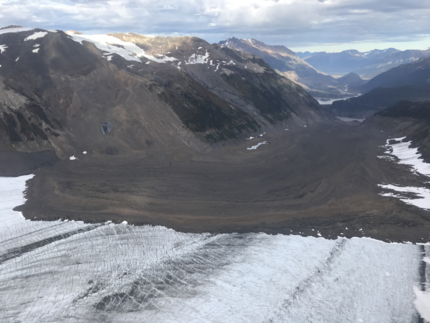Large Landslides, Climate Trends, and Anomalies
Funding agency:
A funding proposal is going to be submitted to the German Research Foundation (DFG) any day now.
Funding period:
01/2023-12/2025
Project description:
Many researchers would argue that contemporary climate change increases the frequency and magnitude of landslides. More weather extremes, and higher rates of glacier melting and permafrost decay likely make hillslopes more prone to slope failure, especially in high mountains. However, this notion has hardly been tested systematically for large landslides that move millions of cubic metres. We use climate reanalysis data to check for trends and anomalies in temperature and precipitation at reported landslide sites. We run a counterfactual analysis to estimate objectively whether and how the sites of large landslides stood out in terms of unusual climate conditions.
Active Project Cooperation Partners:
- Marten Geertsema
- John J Clague
- Bretwood Higman
Further information
- Huggel, C., Korup, O. and S. Gruber, 2022: 9.33 - Landslide Hazards and Climate Change in High Mountains. In: Treatise on Geomorphology (Second Edition), edited by John (Jack) F. Shroder, Academic Press, 798-814, ISBN 9780128182352, doi.org/10.1016/B978-0-12-818234-5.00038-9

